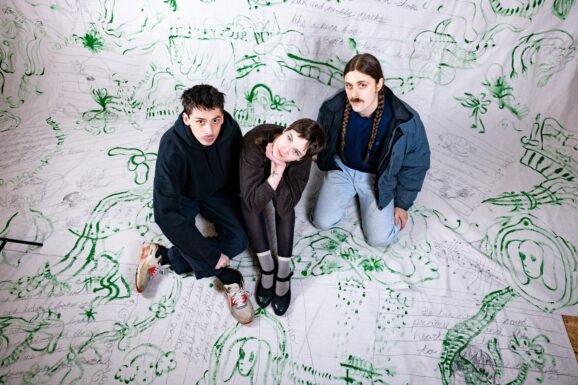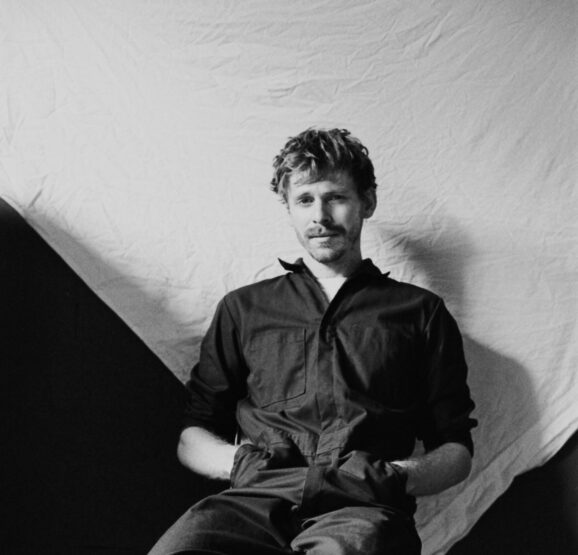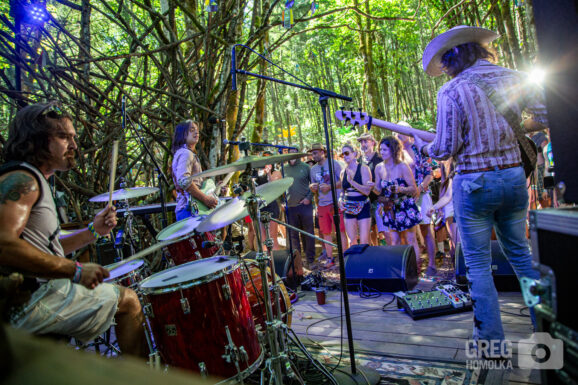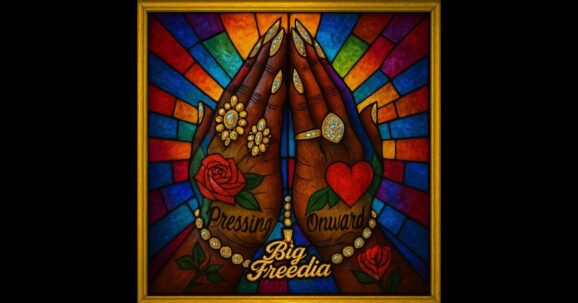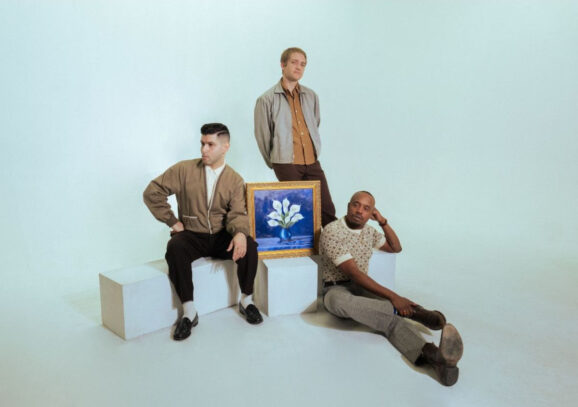The creator of jazz’s spiritual anthem, “The Creator Has a Master Plan” has passed. The deeply revered Pharoah Sanders is gone at age 81. Now he moves on to that spiritual place he often invoked in his music. The influential, explorative tenor saxophonist stayed vital in recent years and has released his celebrated 2021 album Promises with Floating Points, aka Sam Shepherd. He had also appeared on the highly acclaimed 2019 In the Key of the Universe from the late Joey DeFrancesco. He had performed at the Detroit Jazz Festival in 2020 and in concert that same year with one of his most ardent disciples, Azar Lawrence.
Sanders was a kind, gentle soul whose fierce, fiery and often shrill playing belied that image. He built his reputation, first in John Coltrane’s later period in the mid-sixties on albums such as Coltrane’s 1965 Ascension and 1966’s Live In Seattle. Out of that same period came the recent archival releases – 2014’s Offering Live at Temple University and 2021’s A Love Supreme Live in Seattle. Sanders, of course, released many landmark recordings of his known, especially his 1969 LP Karma, which contained his single best-known piece of music is “The Creator Has a Master Plan,” an expansive, cacophonous soulful vocal refrains that Sanders continued to perform in live performances throughout his career. Other albums on Impulse! Records such as Black Unity and Thembi are also great examples of his lengthy improvisational style as is 1994’s Journey to the One. The lesser known is Sanders’ tender side, heard on his gorgeous, beloved tribute to Coltrane on 1992’s series of ballads, Crescent With Love.
Pharoah was born Ferrell Sanders on Oct. 13, 1940, in Little Rock, Ark. His love of music began at home, through his choir-leading grandfather. After high school — and a switch from the clarinet to the alto saxophone, before finally settling into the tenor sax — Sanders moved to the West Coast around 1959, attending Oakland Junior College, expanding his musical palette and pursuing the horizon, sitting in with avant-garde saxophonists like Sonny Simmons and Dewey Redman. While there, Sanders first met and befriended John Coltrane, though they wouldn’t work together until many years later. In 1961, Sanders relocated to New York, looking to join the city’s burgeoning jazz scene, where Coltrane was a prime figure. Ascension, recorded in 1965 and released the following year, was a late-in-life turning point for Coltrane, which many point to as Coltrane’s own most spiritual album (not A Love Supreme).and, by extension, Sanders, who would become known for using his atonal screeching, and howling fills and ever searching quests that pushed Trane to soar even higher.
Sanders was remarkably humble, often characterizing himself as one who “expresses” rather than plays. Being in Coltrane’s shadow was a double-edged sword – it elevated his status but on the other hand, invariably linked him to one of the most important musical geniuses of our times. The jazz community was late in giving him his due, but the power of his music helped set the framework for this generation of artists like tenor saxophonists Kamasi Washington, James Brandon Lewis and Nubya Garcia, and multi-reedist Shabaka Hutchings, who was quoted as saying, “I find it difficult to regard Pharoah Sanders as an individual. I intuitively consider him as representational of a creative principle that centers communalism as the driving force from which spirit is manifested through sound.” Rest in peace Pharoah Sanders. You made the world a better place and your spirit will endure.
“

